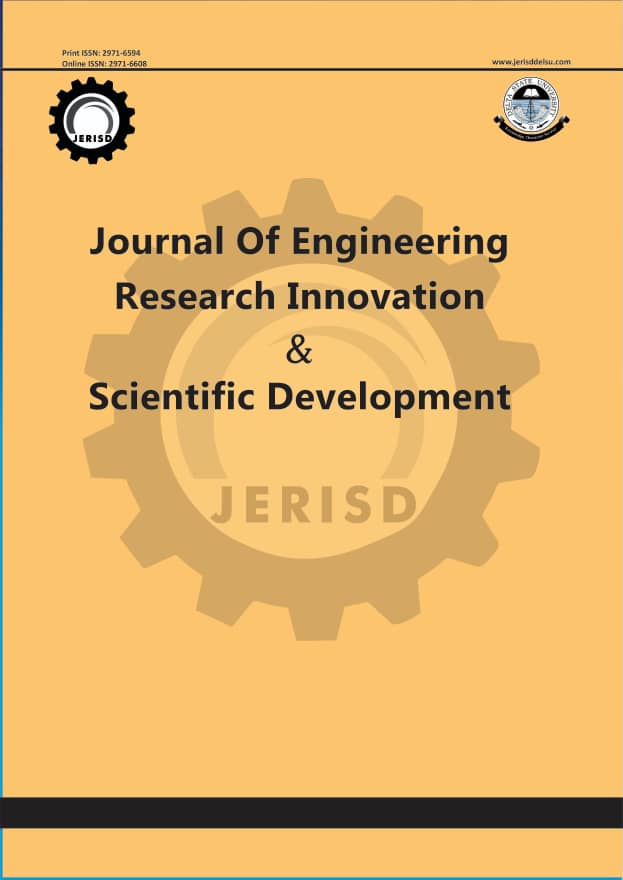Document Type : Review Paper
Abstract
This review sheds light on the intricate relationship between mechanical properties, corrosion behavior, and environmental factors impacting welded steel joints. The core problem lies in the degradation of weld integrity under varying environmental conditions, which poses significant challenges for industries that rely on welded structures, including marine, aerospace, and petrochemical sectors. This issue is critical because it directly influences the safety, reliability, and lifespan of structural components. To address this, the study investigates how welding techniques, material compositions, and environmental conditions like temperature, humidity, salinity, and exposure to pollutants, affect the durability of welded joints. Methods explored include optimizing welding parameters, applying protective coatings, and using post-weld heat treatments to bolster joint resilience. The findings indicate that the selection of appropriate materials and welding methods, along with environmental-specific protective measures, plays a crucial role in enhancing weld longevity. These results underscore the need for real-world studies under extreme and mixed environmental conditions to validate laboratory findings. Ultimately, this review offers valuable insights into developing cost-effective, durable, and robust welded structures, providing actionable guidance for industries seeking to improve component safety, reliability, and endurance in challenging environments.

